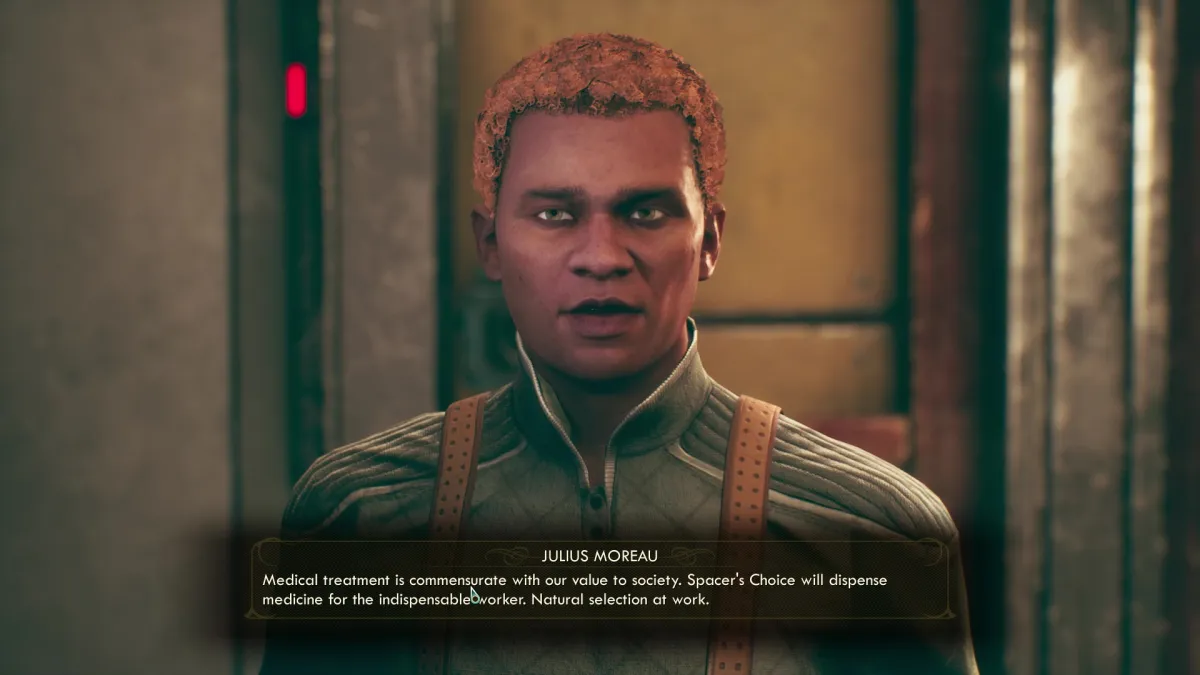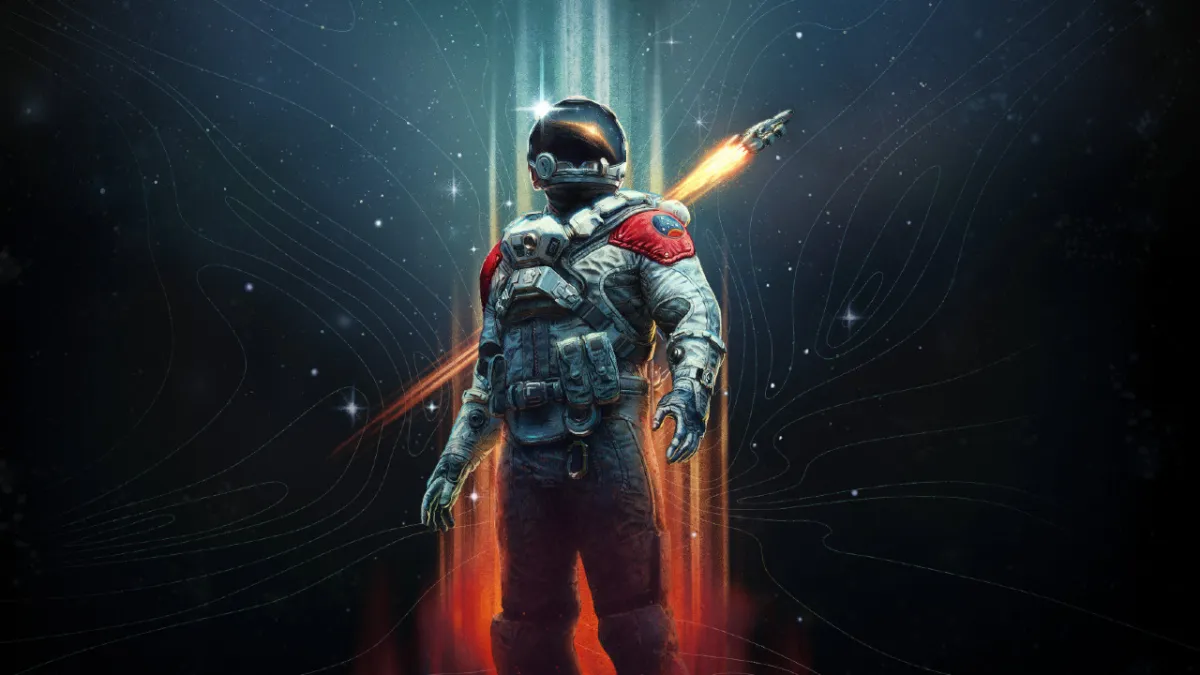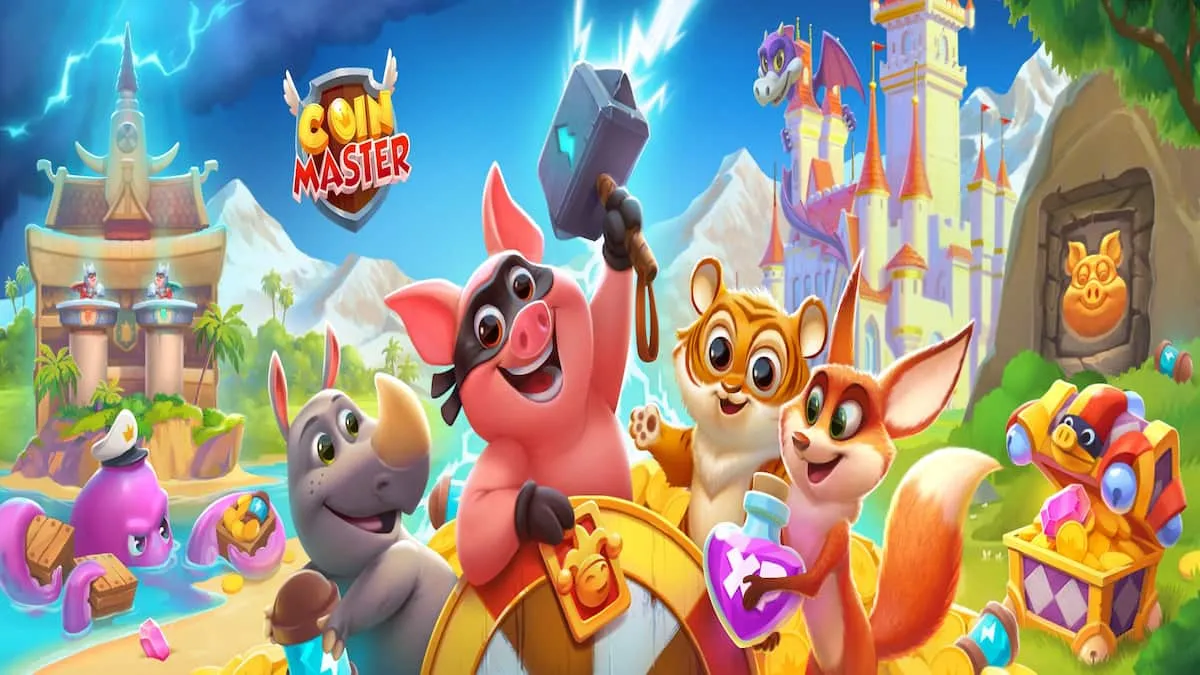Warning: The following article on what Outer Worlds had to say that Starfield didn’t contains minor spoilers for both games.
First off, I want to establish some ground rules. This is not an exercise in soft-stroking my cynicism boner, with something like, “I liked Starfield better when it was written by Obsidian and called The Outer Worlds.” Anyone who’s done that, and I’m sure someone has, should be sewn into a sack and thrown into the sea. It’s also not really an accurate observation. The Outer Worlds is a viciously cynical look at consumer culture and corporate exploitation, while Starfield is essentially an open-ended space playset. Both games are freeform, first-person space operas with a certain commonality of design, but that’s about as far as you can go.
My initial experience with Starfield, where I spent about 12 hours doing odd jobs in and around New Atlantis, made me want to go back and replay The Outer Worlds for a bit, just as a compare-and-contrast. (Fun note for gamerscore perverts: Xbox tracks the console and Windows versions of The Outer Worlds separately.) I was curious if the one game could teach me something about the other again, the same way that I’d gone from Fallout 3 to New Vegas years ago.
It’s an interesting experience. The Outer Worlds tosses you immediately into its first major plot arc, and starts in on its primary themes almost from the second you take control of your character. Starfield… doesn’t. In fact, by comparison, Starfield feels like it doesn’t really have that much to say. Get a little further into it, and it’s clearer that this was done on purpose. Starfield is built as an almost totally blank canvas. Unless you’re pursuing the main missions, it’s a set of tools for you to tell a story abut your character, whether they’re an adventurer, businessman, pirate, trader, or what-have-you.
Related: Can a Poorly Designed Game Still Be Good?

Even so, there’s initially a lot about Starfield and its setting that’s just kind of there. This is also deliberate, as Sarah Morgan will lay out for you; the Settled Systems have settled into a comfortable stasis. A recent war has left everyone content with they’ve already got, and Constellation, as an order of explorers, is viewed as a small group of eccentrics.
If you stick around New Atlantis in Starfield, the Settled Systems come off as the sort of bucolic utopia you see in weaker episodes of Star Trek. While you do see occasional signs of bureaucratic incompetence, corruption, or simple space NIMBYs, like how the city’s maintenance area has also ended up as its slums, the Settled Systems are dull by design. New Atlantis has the raw cultural excitement of a furniture storehouse. If anyone’s ever going to shake this up, Starfield says, it’s going to have to be you, but please don’t feel like you’re being forced to do so.
The Outer Worlds operates on a similar principle, but in a more broken future. You’re well out on the edge of the frontier, in corporate-controlled space, and the first town you enter is being run into the ground by a cadre of brainwashed bureaucrats. The first side quest you’re likely to get in The Outer Worlds is a job as a debt collector for a grave digger, because the indentured workers in Edgewater have to pre-pay for their own burial plots. Get a few tasks deep into that, and more than one character tells you about how Edgewater’s medical care uses a triage system by default.
RELATED: Starfield Has Excellent Doors

Screenshot by the Escapist
Everything in The Outer Worlds is just good enough to function, and nothing else; the food’s synthetic, the booze is cheap, and the people are disposable. It’s all played for laughs, but The Outer World‘s corporate doublespeak bullshit has aged incredibly well. It barely seems like satire at all anymore, especially in the games industry.
Writing this out, it’s made me appreciate Starfield’s comparative optimism. The Settled Systems are still recovering from a relatively recent war, and there are a number of hostile groups that operate openly once you get a stone’s throw away from the core worlds. It takes very little effort in Starfield to end up ass deep in one-dimensionally hostile space pirates.
If you’re simply hanging out in New Atlantis, though, you’re looking at a rare example in science fiction video games of a future civilization that, for the most part, appears to work. The issue isn’t that it’s secretly oppressive or fueled by children’s souls or run by corporations that are draining power from Hell, but that the Settled Systems are resting on their laurels. Just the same, the big difference overall between The Outer Worlds and Starfield comes down to a question of focus. The Outer Worlds‘ core game is just about over at the 20-hour mark, while Starfield’s is barely getting started. Starfield is so focused on letting you simply exist in its world that most of its conflict for roughly its first half is either toothless or meaningless. The Outer Worlds has you up, running, engaged, and probably fighting wildlife with a lacrosse stick by the end of its first hour.
Conversely, Starfield does a couple of things that usually don’t show up in this type of RPG. There’s no ominous threat to the universe, you’re not facing down either a dystopia or a recently-ruined utopia, and there’s no initial urgency attached to your primary story goal. Nobody’s depending on you to save anything.
It’s weirdly freeing, and due to its hands-off approach, I almost didn’t notice it until I did a deliberate compare-and-contrast. TOW ends up highlighting Starfield’s relative lack of humor, and definitely respects your time more than Starfield does, but Starfield does something more interesting than it’s being given credit for, by removing most of the narrative pressure. It just asks you to show up and exist.






Published: Oct 4, 2023 05:21 pm